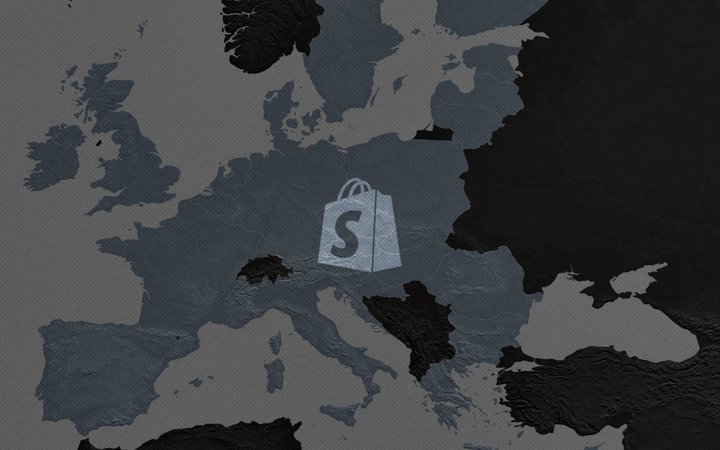With the rise of ecommerce platforms like Shopify, many aspiring entrepreneurs looked for ways to establish new Shopify stores through dropshipping.
The low cost of launching a dropshipping business makes it an attractive option―all you really need is a laptop and a good idea to market your product. There are no worries about renting a space or buying up stock because the supplier will take care of all that.
As always, there are some disadvantages to dropshipping, mainly the way it complicates taxes in the EU. How should you pay VAT if your business, supplier, and customers are all based in different countries? Learn the answer to this and more in this article...
Dropshipping is a type of sale where the seller doesn’t hold the products it sells in stock. Instead, the seller purchases stock as and when needed from a third party (a supplier) to fulfil orders.
This is different from the standard retail model because the seller doesn’t own the stock—they act as the middle man.
How it works:
Dropshipping became a popular entry point to ecommerce during the pandemic, but new businesses need to familiarize themselves with any rules surrounding VAT to avoid running into trouble with their local tax authority.
In this article, we'll look at multiple cases and walk you through how to handle VAT in your situation.
It’s important to remember that VAT rules for dropshipping are different from those of the standard retail model. For example, we need to look at where the supplier is located, as well as your Shopify store and customers.
To help you on your way, we set out below the VAT rules for dropshipping sales for the following transactions.
In this article we will cover:
- VAT on dropshipping within the same country (UK or EU)
- VAT on dropshipping within the EU
- Shopify store and supplier in one EU country, consumer in another EU country
- Dropshipping to the EU with a supplier from outside of the EU
- VAT on dropshipping from the EU to consumer outside of the EU (incl. the UK)
- VAT on dropshipping from the UK to consumer outside of the UK (incl. the EU)
If your Shopify store, supplier, and consumer are all located in the same country (in the UK or EU), you need to charge your home country’s VAT rate at the point of sale, e.g., include the VAT within the selling price on your invoice.
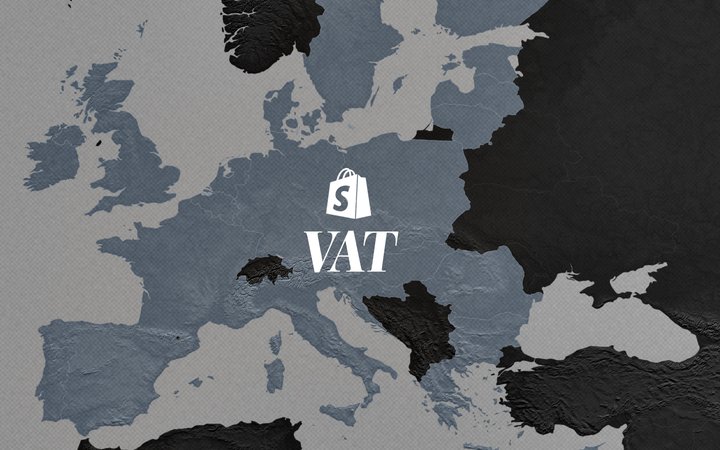
You will also be able to reclaim any input tax on purchases from your suppliers.
This only applies if your business is VAT registered—you should not charge VAT or reclaim input tax if your business is not VAT registered. This topic is further elaborated on in our VAT guide for Shopify stores in the EU.
As we’ve already mentioned, things can get a little complicated because member states have varying VAT rates. After you set up EU taxes in Shopify, follow this part of the guide to get VAT right for your dropshipping store.
When the supplier and the Shopify store are based in the EU, selling to consumers in another EU country
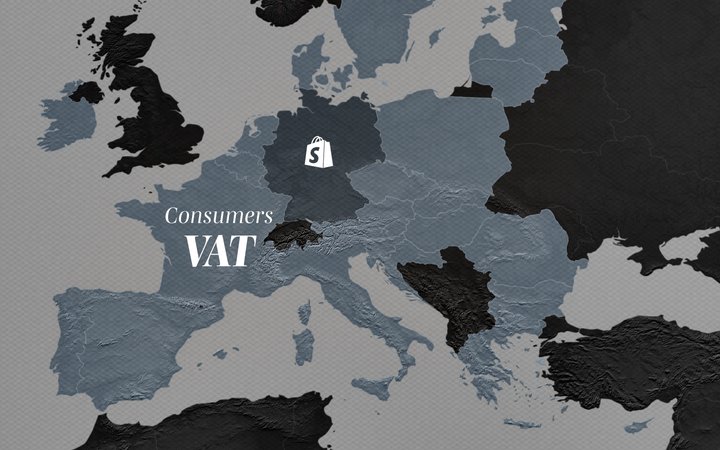
If your Shopify store and supplier are located in the European Union, and your customers outside your country are still within the EU, you must charge VAT at the rate of your customer's country. There is no selling threshold for this type of transaction—you must register for VAT in that country immediately.
If you are selling B2C, you can use the One-Stop-Shop (OSS) taxation scheme, which allows you to register for VAT in one EU member state and report all cross-border sales on that one EU VAT return. This topic is further elaborated on in our VAT guide for Shopify stores in the EU.
If your supplier is based in the same EU country as your Shopify store, you can reclaim any input VAT charged by your supplier. However, if your supplier is based in a different EU country, the delivery of goods is considered an intra-community shipment since it crosses national borders. Consequently, the purchase of goods from your supplier is tax-exempt, and you cannot reclaim any input tax on these purchases.
If the supplier or manufacturer of the products is not based in the EU, it involves more than just VAT. Since the goods are being imported into the EU, import VAT and customs duties may apply. The responsibility for paying these fees depends on the shipment arrangement.
If the goods are €150 or under and you use the Import One Stop Shop (IOSS), you collect the customer's local VAT at checkout and report it directly via the IOSS. This allows the goods to pass through the EU without any additional VAT. For goods under €150 using the IOSS, no customs duties apply. However, for goods over €150, the IOSS cannot be used.
Often, the EU Shopify store owner does not pay VAT to the foreign consumer since the state follows a different VAT system—such as the UK and China. However, the goods are imported into the EU, and as a result, customers may have to pay customs fees. It is therefore important to check the VAT and customer rates of the country in which your supplier is based.
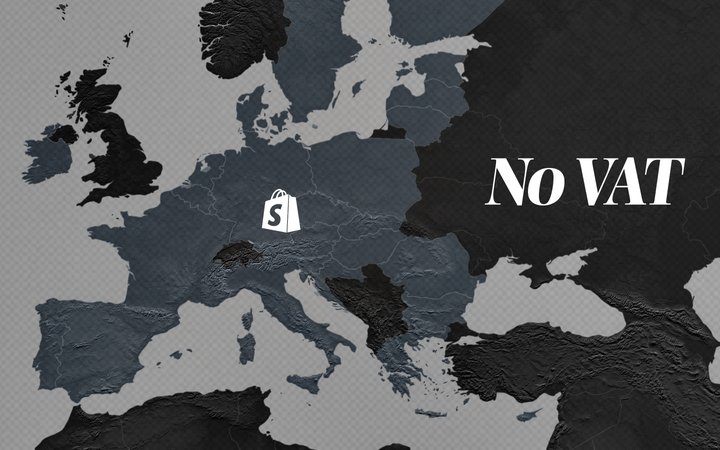
If your Shopify store and supplier are located within the EU but you are selling goods to a consumer outside the EU, then your supply of goods is regarded as an export and will be zero-rated—0% VAT.
Note
Import tax may be payable by the consumer in their home country.
As the goods are moving outside of the EU, this is not regarded as an intra-community transfer. If your supplier is VAT registered, they will therefore charge VAT on purchases at the appropriate rate.
You reclaim all of the input VAT on purchases from your supplier attributable to the zero-rated supplies.
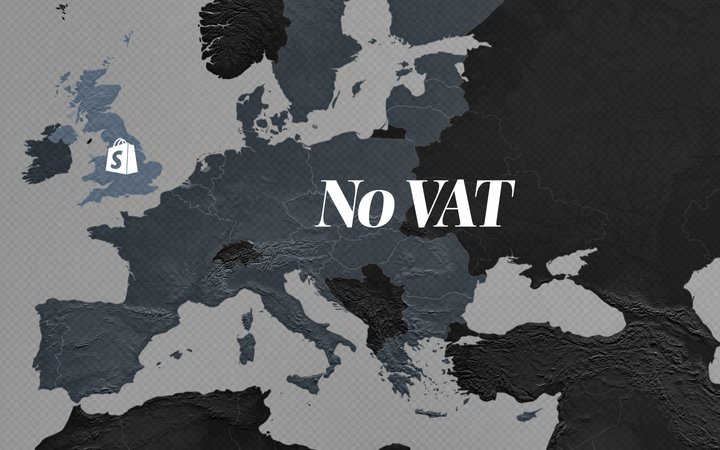
If your Shopify store and supplier are both in the UK, but you are selling goods to a consumer outside of the UK, then your supply of goods will be zero-rated—0% VAT.
Note
Import tax may be payable by the consumer in their home country.
You can reclaim all the input VAT on purchases from your supplier attributable to the zero-rated supplies.
Professional invoices for Shopify stores
Let Sufio automatically create and send beautiful invoices for every order in your store.
Install Sufio - Automatic Invoices from the Shopify App Store
